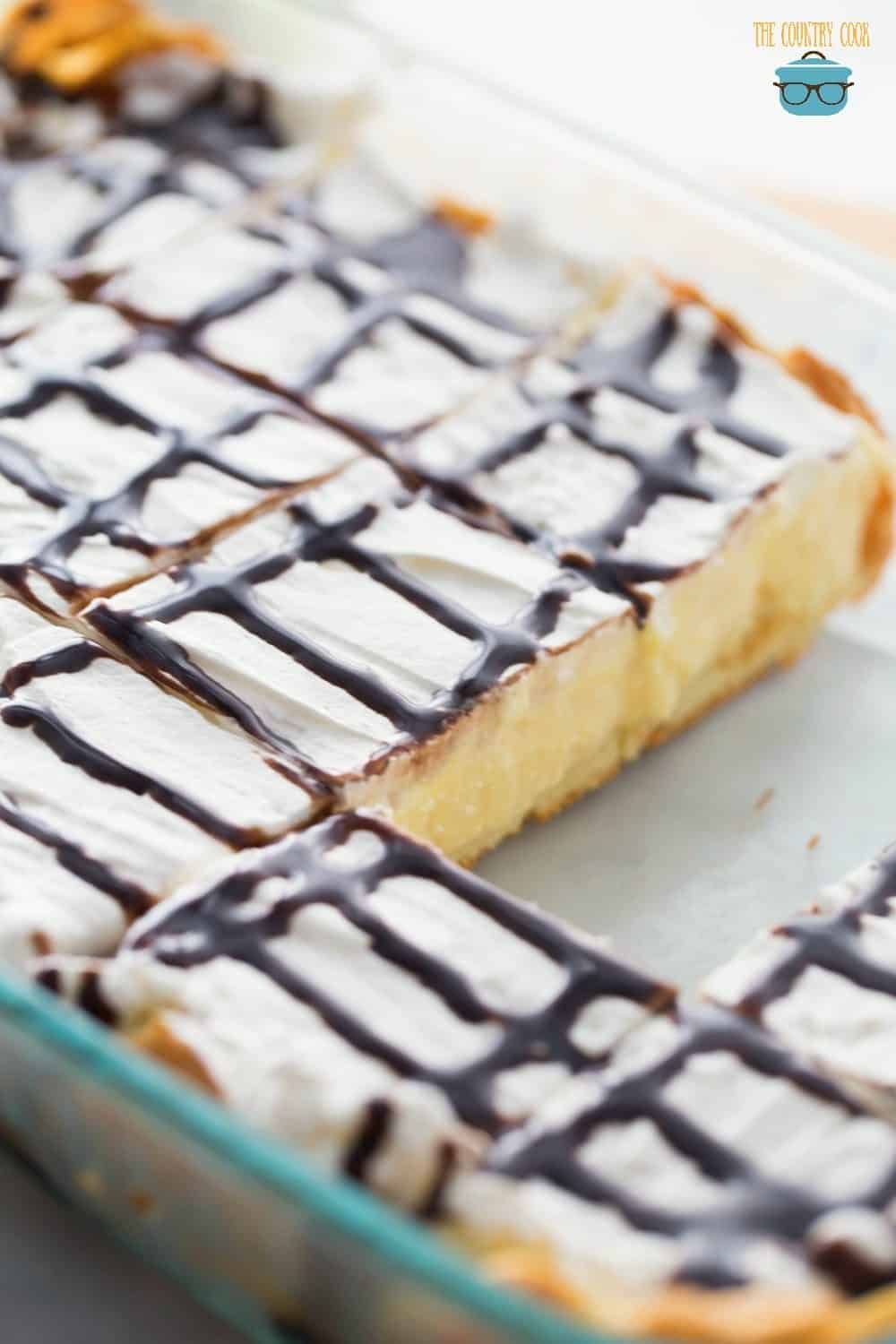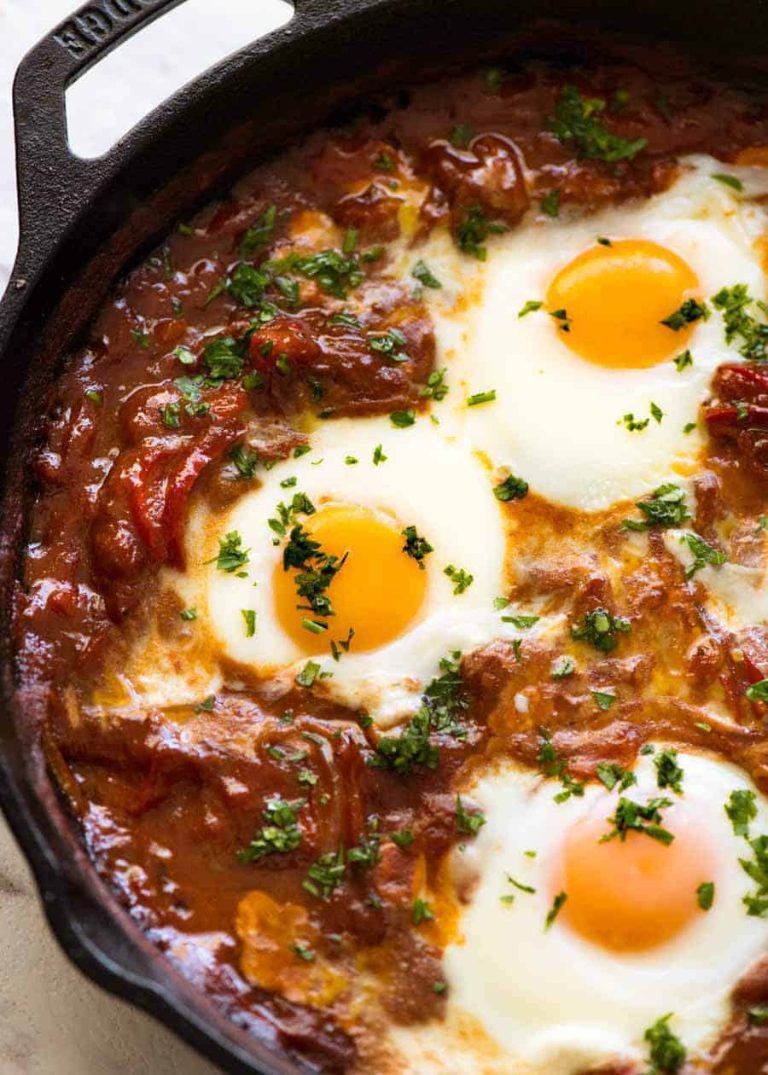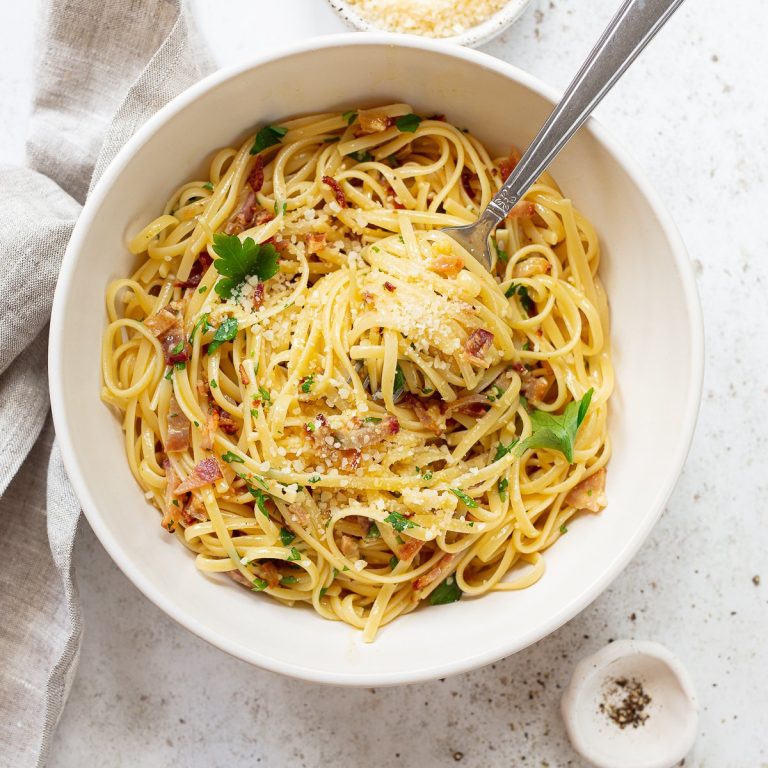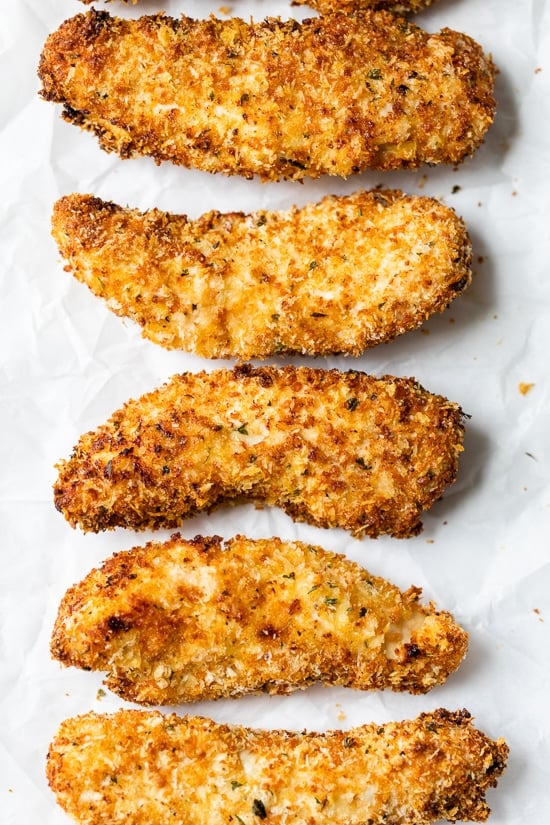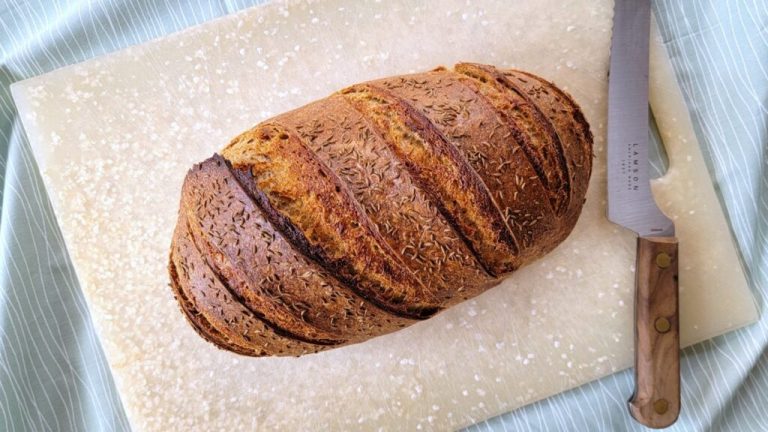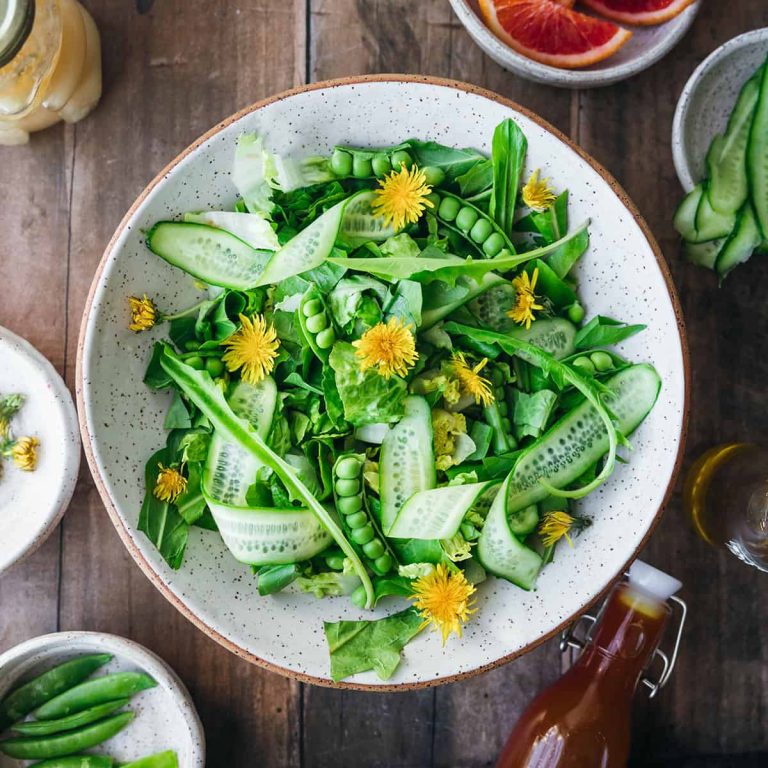Pan Cream Puff: Discover History, Recipes, and Perfect Serving Tips
Pan cream puffs, also known as choux à la crème, originated in France in the 16th century. The pastry’s invention is attributed to the chef of Catherine de Medici. This delight evolved from pâte à choux, a light pastry dough. Initially, bakers used the dough to create various goods, but its combination with sweet cream marked the pan cream puff’s creation. Over centuries, the method for making these pastries has improved, leading to variations in shape, size, and filling types. Today, pan cream puffs are a staple in many bakeries worldwide, showcasing innovative flavors and styles.
Popularity Across Cultures
Pan cream puffs have transcended cultural boundaries and are now beloved in various countries. In Japan, these pastries are known as “shu cream” and often feature unique fillings such as matcha and red bean. Italian bakeries fill them with rich mascarpone or gelato, while American versions might include flavored whipped creams or custards. Each culture’s adaptation reflects local tastes, contributing to the pan cream puff’s global appeal. This widespread popularity underscores the dessert’s versatility and universal charm.
Key Ingredients of Pan Cream Puff
Choosing the Right Flour
Selecting the appropriate flour is crucial for achieving the delicate texture of pan cream puff. Use pastry flour, which has less protein content (8-9%) compared to all-purpose flour (10-12%). This lower protein level results in a softer and more tender crumb. Avoid using bread flour, which has even higher protein content (12-14%), as it will make the pastry too dense.
The Importance of Fresh Cream
The cream used for the filling significantly impacts the overall flavor and texture. Opt for heavy cream with at least 36% fat content. This high-fat content ensures a rich, smooth, and stable filling. Light cream or half-and-half, with lower fat content, won’t whip as well, resulting in a less creamy texture. Fresh heavy cream is essential to prevent separation and maintain the integrity of the filling.
How to Make Pan Cream Puff
The Dough Preparation
Crafting the perfect pan cream puff starts with preparing the dough. Use 1 cup of all-purpose flour, 1/2 cup of unsalted butter, 4 large eggs, and a pinch of salt. Bring 1 cup of water and the butter to a boil, then add the flour and salt. Stir until the mixture forms a smooth ball and pulls away from the sides of the pan. Transfer the dough to a mixing bowl and let it cool for 5 minutes. Add the eggs one at a time, beating well after each addition until the dough becomes glossy and smooth.
Filling and Baking Techniques
Once the dough is ready, shape it into small balls using a piping bag or spoon. Place the dough balls on a baking sheet lined with parchment paper. Bake in a preheated oven at 425°F for 10 minutes, then reduce the temperature to 350°F and bake for another 20-25 minutes until golden brown.
For the filling, whip 2 cups of heavy cream with 1/4 cup of powdered sugar and 1 teaspoon of vanilla extract until stiff peaks form. Once the puffs have cooled, cut them in half and fill each one with the whipped cream. Use a piping bag for a neat and professional look. Ensure the puffs are completely cool before adding the cream to prevent melting.
Variations of Pan Cream Puff
Regional Twists on the Classic Recipe
Pan cream puffs exhibit diverse regional twists, adding unique cultural flavors. Japanese pastry shops often feature choux creme, filled with matcha custard or sweet red bean paste. In Italy, bigne sometimes use ricotta mixed with citrus zests, providing a tangy contrast. American versions may include peanut butter or chocolate fillings, blending local tastes with traditional French techniques.
Creative Fillings and Toppings
Creative chefs have expanded pan cream puff offerings with innovative fillings and toppings. Fruit preserves, such as raspberry or apricot, add a refreshing burst of flavor to the rich cream. Savory options like smoked salmon mousse or herbed goat cheese offer a unique twist on the otherwise sweet dessert. Toppings range from simple powdered sugar to elaborate drizzles of caramel, chocolate, or fruit glazes, enhancing both the visual appeal and taste.
Serving and Presentation Tips
Plating Ideas
Use attractive tableware to enhance the visual appeal of your pan cream puffs. For a minimalist look, place the puffs on a simple white plate to make the dessert stand out. If you prefer a more elaborate presentation, arrange the puffs on a tiered dessert stand, creating a visually striking centerpiece.
Consider using edible garnishes such as mint leaves, berries, or chocolate shavings to add color and texture. Arrange these garnishes around the puffs or on top of the filling. Drizzle sauces like caramel, chocolate, or fruit coulis over the puffs for a refined touch. If the setting allows, provide small forks or dessert tongs to make it easier for guests to serve themselves.
Pairing with Drinks
Complement the sweetness of pan cream puffs with the right beverages to enhance the dining experience. Classic choices include serving coffee or espresso, which balances the creaminess of the filling with its rich, roasted flavor. Tea lovers can opt for a pot of Earl Grey or jasmine tea to add floral notes to each bite.
For a more indulgent pairing, offer a glass of dessert wine like Sauternes or Moscato. These wines have a sweetness that harmonizes with both traditional and innovative pan cream puff fillings. Non-alcoholic options like sparkling water with a hint of lime or lemon provide a refreshing contrast to the dessert’s richness.
Conclusion
Exploring the world of pan cream puffs reveals a delightful blend of history and culinary artistry. From their French origins to their global adaptations each bite offers a taste of tradition and creativity. Whether you’re perfecting the classic recipe or experimenting with unique fillings and toppings pan cream puffs are sure to impress. Elevate your presentation with thoughtful garnishes and pairings to create a memorable dessert experience. Embrace the joy of making and sharing these exquisite treats and let your culinary skills shine.
